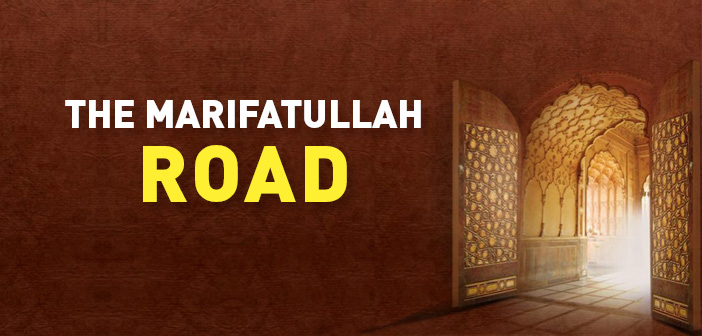To reach the truth through contemplation, dhikr and muraqabah, it is necessary to put all the knowledge one has learned to practice. So how can we put them into practice?
To reach the truth through contemplation, dhikr and muraqabah, it is necessary to put all the knowledge one has learned to practice. However much one may think of Divine truths and the verses of the Holy Quran, his contemplation means nothing unless he properly practices what he learns; for practice is the external reflection of contemplating and spiritual sensing.
Imam Ghazzali says in this regard:
“Knowledge, the fruit of contemplation, is to acquire a state of mind (hal) and turn to doing good deeds. Once knowledge sets in the heart, the heart begins to undergo change. And when the heart undergoes change, so do the deeds executed by the limbs. Action therefore depends on the state of mind, the state of mind on knowledge and knowledge on contemplation. That means that contemplation is both the beginning and the key to all things good. True contemplation is that which delivers one from ugliness to beauty, from greed to abstinence and contentedness. This is the kind of contemplation that yields perception and piety.” (Imam Ghazzali, Ihya, VI, 47)
Through a contemplating and sensing that is conducive to practice, man becomes cured from the disease of looking on at the marvels of the universe simplistically.
An ordinary man, who is impressed with man made paintings, which after all are based on an imitation of nature, can not feel the same way when gazing at the universe in connection with its Creator. Things that should evoke awe are, for him, just ordinary happenings.
The pious, whose hearts are purified, on the other hand, have no business in acclaiming paintings made by artists with an interest of acquiring fame, and instead turn their interest and acclaim to the Real Artist and His masterpiece. They enjoy the zest of beholding the Divine art embroidered in the innumerable wonders of nature. They gaze at the multicolored flowers and leaves of plants, the inexhaustible difference of color, smell and shape each tree has, the unique taste of each fruit, even though they all spring from the very same soil, and look on admiringly at the wonderful patterns on the wings of a butterfly and the incredibility of human creation. They lend an ear to the mysterious words expressed through the silent language (lisan’ul-hal) of Divine wonders like eyesight and understanding, seen by many as just ordinary happenings.
For such people, the entire universe is like a book waiting to be read. Having surpassed knowledge of the written, they eye the knowledge of the heart; just like Mawlana Rumi, who as a scholar buried in his books and minding his own business in the Saljuk Madrasa, was suddenly ignited by the enlightening call of an enamored, mystic dervish named Shams, and found himself ablaze in the fire of love…Reborn in the atmosphere of love, it was the same Mawlana in whose sight the value of written books dropped to where they rightly belong, as he began reading the mysterious patterns of the universe with his very own eye of the heart. It was only after this stage that the masterpiece that is the Mathnawi, a cry exposing the mysteries of the Quran, universe and man, came to be.
How great a joy for the true servants who, through a refined heart and a reason guided and enlightened by the light of faith, lead their lives in the climate of contemplating and spiritual sensing, and are able to attain to marifatullah!…
Source: Osman Nuri Topbaş, Contemplation in Islam, Erkam Public.




